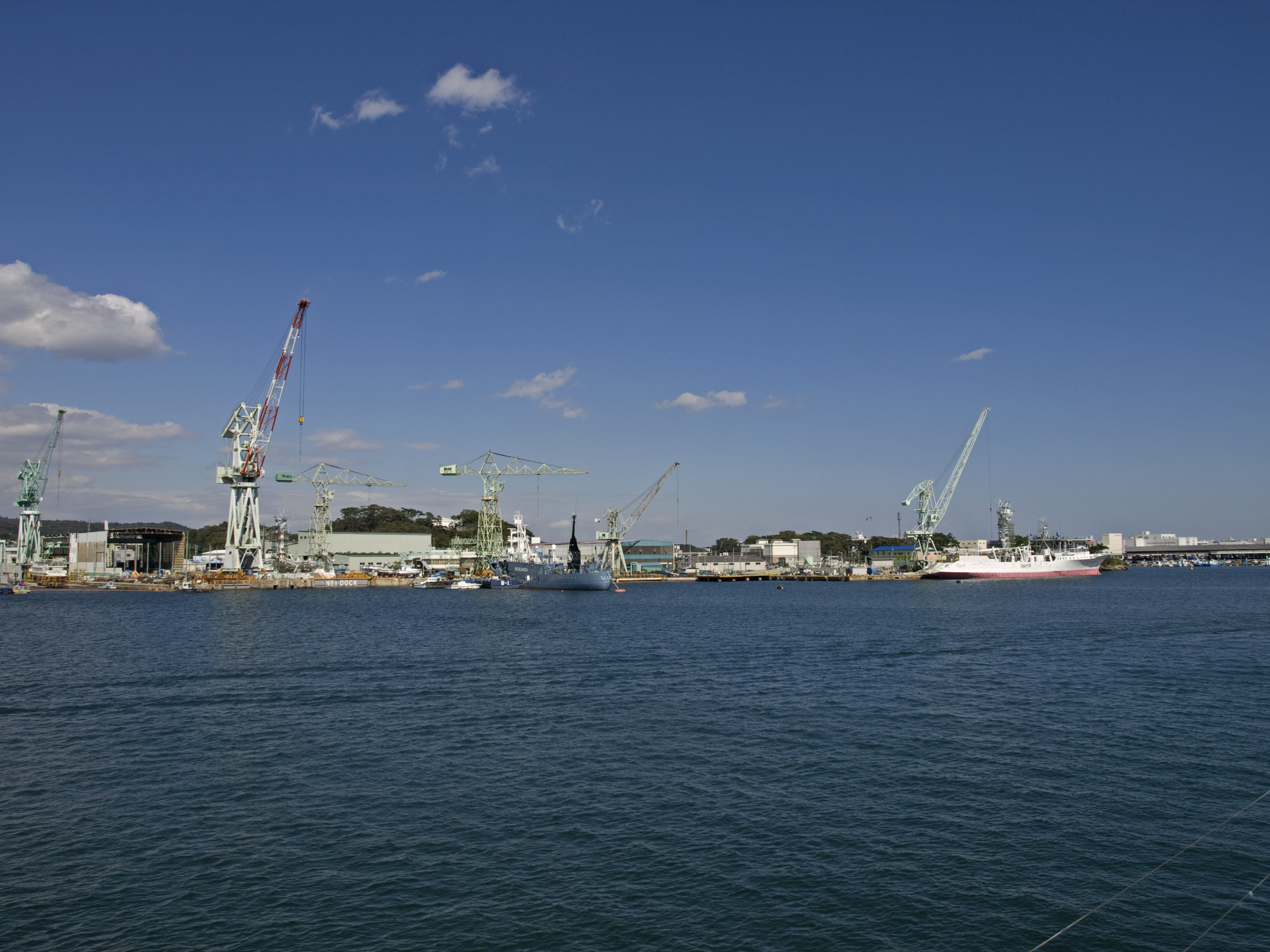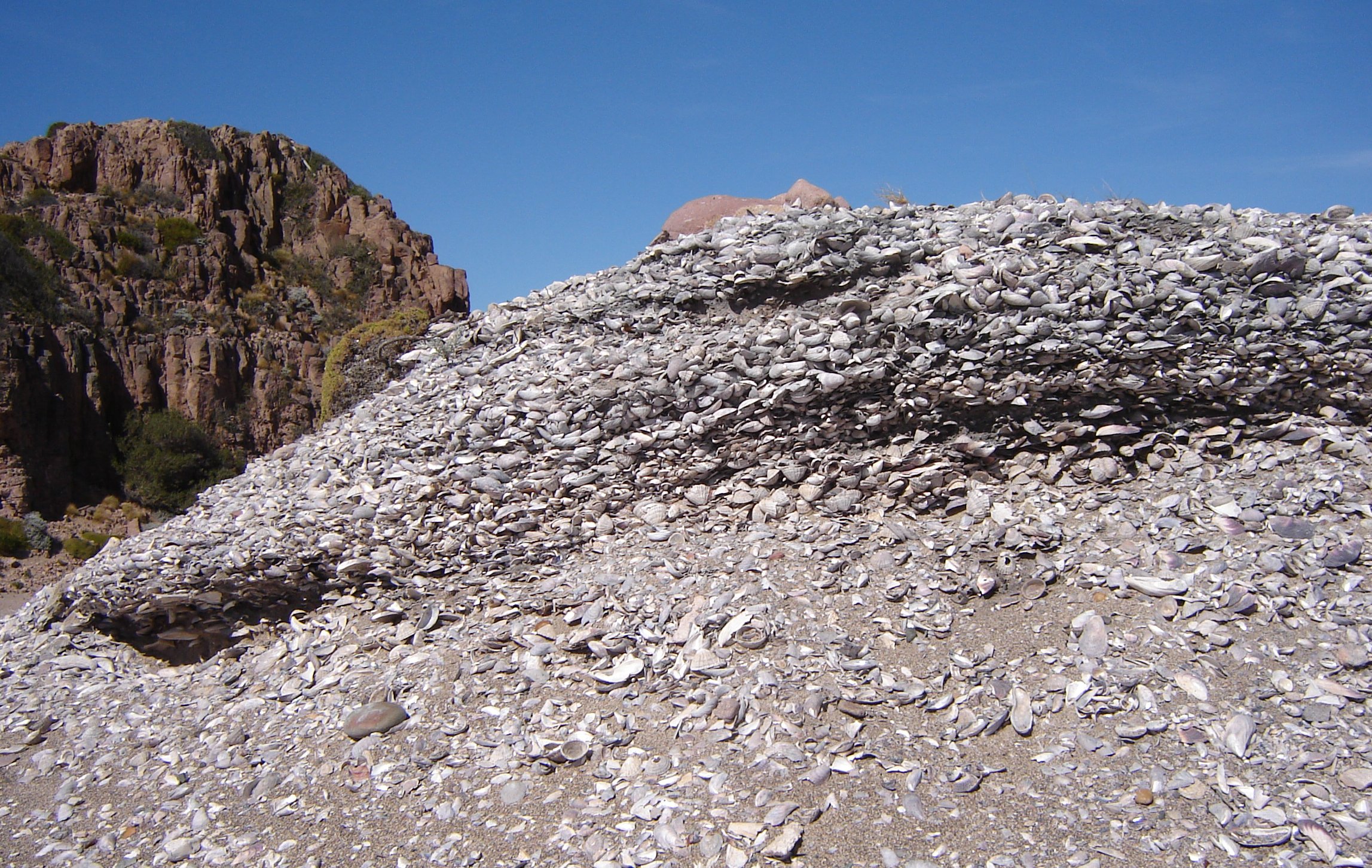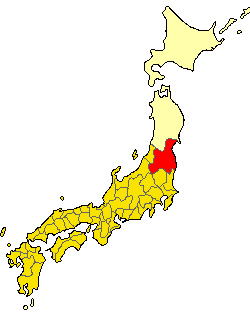|
Shichigahama
is a town located in Miyagi Prefecture, Japan. , the town had an estimated population of 18,447, and a population density of 1400 persons per km² in 6,681 households. The total area of the town is . Geography The town is situated on a peninsula in the middle of Miyagi Prefecture between the cities of Tagajō in the west and Shiogama in the north and east, and about halfway between Sendai and Matsushima. Shichigahama is the smallest city, town or village by land area in the whole Tōhoku region. The climate is relatively mild compared to its surrounding area and temperatures do not greatly fluctuate. The name Shichigahama literally means "seven beaches". The name comes from the seven seaside villages that originally combined to form the town. The seven beaches of Shichigahama are: Minatohama (湊浜), Matsugahama (松ヶ浜), Shobutahama (菖蒲田浜), Hanabuchihama (花渕浜), Yoshidahama (吉田浜), Yokasakihama (代ヶ崎浜) and Toguhama (東宮浜). In addition to th ... [...More Info...] [...Related Items...] OR: [Wikipedia] [Google] [Baidu] |
Daigigakoi Shell Mound
is an archaeological site consisting of a Jōmon period Shell midden and the remains of an adjacent settlement located in what is now the town of Shichigahama, Miyagi Prefecture in the Tōhoku region of northern Japan. Due to the quantity, quality and variety of artifacts discovered, it has become a type site for the dating of Jōmon period remains in the southern Tōhoku region. It has been protected by the central government as a National Historic Site since 1968. Overview During the early to middle Jōmon period (approximately 4000 to 2500 BC), sea levels were five to six meters higher than at present, and the ambient temperature was also 2 deg C higher. During this period, the Tōhoku region was inhabited by the Jōmon people, many of whom lived in coastal settlements. The middens associated with such settlements contain bone, botanical material, mollusc shells, sherds, lithics, and other artifacts and ecofacts associated with the now-vanished inhabitants, and these f ... [...More Info...] [...Related Items...] OR: [Wikipedia] [Google] [Baidu] |
Shiogama, Miyagi
is a city located in Miyagi Prefecture, Japan. , the city had an estimated population of 52,662, and a population density of 3,032 persons per km² in 23,270 households. The total area of the city is . Geography Shiogama is in north-central Miyagi Prefecture, bordered by the Pacific Ocean to the east. Neighboring municipalities *Miyagi Prefecture ** Tagajō ** Rifu ** Shichigahama Climate Shiogama has a humid climate (Köppen climate classification ''Cfa'') characterized by mild summers and cold winters. The average annual temperature in Shiogama is . The average annual rainfall is with September as the wettest month. The temperatures are highest on average in August, at around , and lowest in January, at around . Demographics Per Japanese census data, the population of Shiogama peaked around 1990 and has declined since. Etymology "Shiogama" means "salt furnace" and refers to a local Shinto ritual involving the making of salt from sea water, still performed every July. T ... [...More Info...] [...Related Items...] OR: [Wikipedia] [Google] [Baidu] |
Miyagi Prefecture
is a prefecture of Japan located in the Tōhoku region of Honshu. Miyagi Prefecture has a population of 2,305,596 (1 June 2019) and has a geographic area of . Miyagi Prefecture borders Iwate Prefecture to the north, Akita Prefecture to the northwest, Yamagata Prefecture to the west, and Fukushima Prefecture to the south. Sendai is the capital and largest city of Miyagi Prefecture, and the largest city in the Tōhoku region, with other major cities including Ishinomaki, Ōsaki, and Tome. Miyagi Prefecture is located on Japan's eastern Pacific coast and bounded to the west by the Ōu Mountains, the longest mountain range in Japan, with 24% of its total land area being designated as Natural Parks. Miyagi Prefecture is home to Matsushima Islands, a group of islands ranked as one of the Three Views of Japan, near the town of Matsushima. On 7 April, 2011 the biggest earthquake in Japan occurred. History Miyagi Prefecture was formerly part of the province of Mutsu. 20 ... [...More Info...] [...Related Items...] OR: [Wikipedia] [Google] [Baidu] |
Towns Of Japan
A town (町; ''chō'' or ''machi'') is a Local government, local administrative unit in Japan. It is a local public body along with Prefectures of Japan, prefecture (''ken'' or other equivalents), Cities of Japan, city (''shi''), and Villages of Japan, village (''mura''). Geographically, a town is contained within a Districts of Japan, district. Note that the same word (町; ''machi'' or ''chō'') is also used in names of smaller regions, usually a part of a Wards of Japan, ward in a city. This is a legacy of when smaller towns were formed on the outskirts of a city, only to eventually merge into it. Towns See also * Municipalities of Japan * Japanese addressing system References {{reflist External links "Large City System of Japan"; graphic shows towns compared with other Japanese city types at p. 1 [PDF 7 of 40 /nowiki>] Towns in Japan, * ... [...More Info...] [...Related Items...] OR: [Wikipedia] [Google] [Baidu] |
Miyagi District, Miyagi
is a district located in past Mutsu Province and today's Miyagi Prefecture, Japan. The name of the prefecture was from this district. The original territory was east–west long from the Ōu Mountains to the Pacific Ocean, including current Sendai, Shiogama, and Tagajō cities. As of 2003, the district has an estimated population of 69,567 and a density of 620.80 persons per km2. The total area is 112.06 km2. History The Minami-Koizumi site had been a village or town site since the fifth century A.D. Miyagi District first appeared in historical documents occurred in 766, in the ''Shoku Nihongi''. Archaeologists presume that Miyagi District was established by eighth century, based on the presence of square field system remains between Hirose River and Nanakita River. The province capital of Mutsu was moved to Taga (modern Tagajō) from the Koriyam site of Natori District in 724. Its residential area extended beyond the wall of Taga. In 785, Taga District and Shinakami ... [...More Info...] [...Related Items...] OR: [Wikipedia] [Google] [Baidu] |
Taga Castle
was a ''jōsaku''-style Japanese castle built in the late Nara period in what is now part of the city of Tagajō in Miyagi prefecture in the Tōhoku region of far northern Honshu, Japan. Bashō tells of his visit to the site in ''Oku no Hosomichi''. The ruins of Taga-jō and its former temple have been designated a since 1922. History In the Nara period, after the establishment of a centralized government under the ''Ritsuryō'' system, the Yamato court sent a number of military expeditions to what is now the Tōhoku region of northern Japan to bring the local Emishi tribes under its control. In what is now Miyagi Prefecture, a civil administration was established in the form of a provincial capital and regional administrative centers in the late 6th century; however, a massive Emishi uprising occurred in 709 AD during which time many of these structures were destroyed. Per the ''Shoku Nihongi'', following a huge earthquake in the year 715 AD, a large number of people migrate ... [...More Info...] [...Related Items...] OR: [Wikipedia] [Google] [Baidu] |
Shell Mound
A midden (also kitchen midden or shell heap) is an old dump for domestic waste which may consist of animal bone, human excrement, botanical material, mollusc shells, potsherds, lithics (especially debitage), and other artifacts and ecofacts associated with past human occupation. These features provide a useful resource for archaeologists who wish to study the diets and habits of past societies. Middens with damp, anaerobic conditions can even preserve organic remains in deposits as the debris of daily life are tossed on the pile. Each individual toss will contribute a different mix of materials depending upon the activity associated with that particular toss. During the course of deposition sedimentary material is deposited as well. Different mechanisms, from wind and water to animal digs, create a matrix which can also be analysed to provide seasonal and climatic information. In some middens individual dumps of material can be discerned and analysed. Shells A shel ... [...More Info...] [...Related Items...] OR: [Wikipedia] [Google] [Baidu] |
Matsushima
is a group of islands in Miyagi Prefecture, Japan. There are some 260 tiny islands (''shima'') covered in pines (''matsu'') – hence the name – and it is considered to be one of the Three Views of Japan. Nearby cultural properties include Zuigan-ji, Entsū-in, Kanrantei, and the Satohama shell mound. Views A well-known haiku describes the islands as so striking that the poet is at a loss for words: While often attributed to Matsuo Bashō, the earliest known publication is in the ''Matsushima Zushi'' (松島図誌), published in 1820 over a century after Bashō's death, which attributes it to the '' kyōka'' poet Tawara-bō (田原坊). While Bashō did visit Matsushima in '' Oku no Hosomichi'', its only haiku about Matsushima was written by his travel comparison Kawai Sora. Four views of Matsushima There are four well-known spots to view the Matsushima, known as the , , , and . Image:matsushima otakamori08Dec07.jpg, Magnificent View: The view from O ... [...More Info...] [...Related Items...] OR: [Wikipedia] [Google] [Baidu] |
Jōmon Period
The is the time in Japanese history, traditionally dated between 6,000–300 BCE, during which Japan was inhabited by a diverse hunter-gatherer and early agriculturalist population united through a common Jōmon culture, which reached a considerable degree of sedentism and cultural complexity. The name "cord-marked" was first applied by the American zoologist and orientalist Edward S. Morse, who discovered sherds of pottery in 1877 and subsequently translated it into Japanese as ''Jōmon''.Mason, 14 The pottery style characteristic of the first phases of Jōmon culture was decorated by impressing cords into the surface of wet clay and is generally accepted to be among the oldest in the world. The Jōmon period was rich in tools and jewelry made from bone, stone, shell and antler; pottery figurines and vessels; and lacquerware.Imamura, K. (1996) ''Prehistoric Japan: New Perspectives on Insular East Asia''. Honolulu: University of Hawaii Press It is often compared to p ... [...More Info...] [...Related Items...] OR: [Wikipedia] [Google] [Baidu] |
Mutsu Province
was an old province of Japan in the area of Fukushima, Miyagi, Iwate and Aomori Prefectures and the municipalities of Kazuno and Kosaka in Akita Prefecture. Mutsu Province is also known as or . The term is often used to refer to the combined area of Mutsu and the neighboring province Dewa, which together make up the entire Tōhoku region. History Invasion by the Kinai government Mutsu, on northern Honshū, was one of the last provinces to be formed as land was taken from the indigenous Emishi, and became the largest as it expanded northward. The ancient regional capital of the Kinai government was Tagajō in present-day Miyagi Prefecture. * 709 ('' Wadō 2, 3rd month''), an uprising against governmental authority took place in Mutsu and in nearby Echigo Province. Troops were dispatched to subdue the revolt. * 712 (''Wadō 5''), Mutsu was separated from Dewa Province. Empress Genmei's ''Daijō-kan'' made cadastral changes in the provincial map of the Nara pe ... [...More Info...] [...Related Items...] OR: [Wikipedia] [Google] [Baidu] |
Köppen Climate Classification
The Köppen climate classification is one of the most widely used climate classification systems. It was first published by German-Russian climatologist Wladimir Köppen (1846–1940) in 1884, with several later modifications by Köppen, notably in 1918 and 1936. Later, the climatologist Rudolf Geiger (1894–1981) introduced some changes to the classification system, which is thus sometimes called the Köppen–Geiger climate classification system. The Köppen climate classification divides climates into five main climate groups, with each group being divided based on seasonal precipitation and temperature patterns. The five main groups are ''A'' (tropical), ''B'' (arid), ''C'' (temperate), ''D'' (continental), and ''E'' (polar). Each group and subgroup is represented by a letter. All climates are assigned a main group (the first letter). All climates except for those in the ''E'' group are assigned a seasonal precipitation subgroup (the second letter). For example, ''Af'' i ... [...More Info...] [...Related Items...] OR: [Wikipedia] [Google] [Baidu] |





